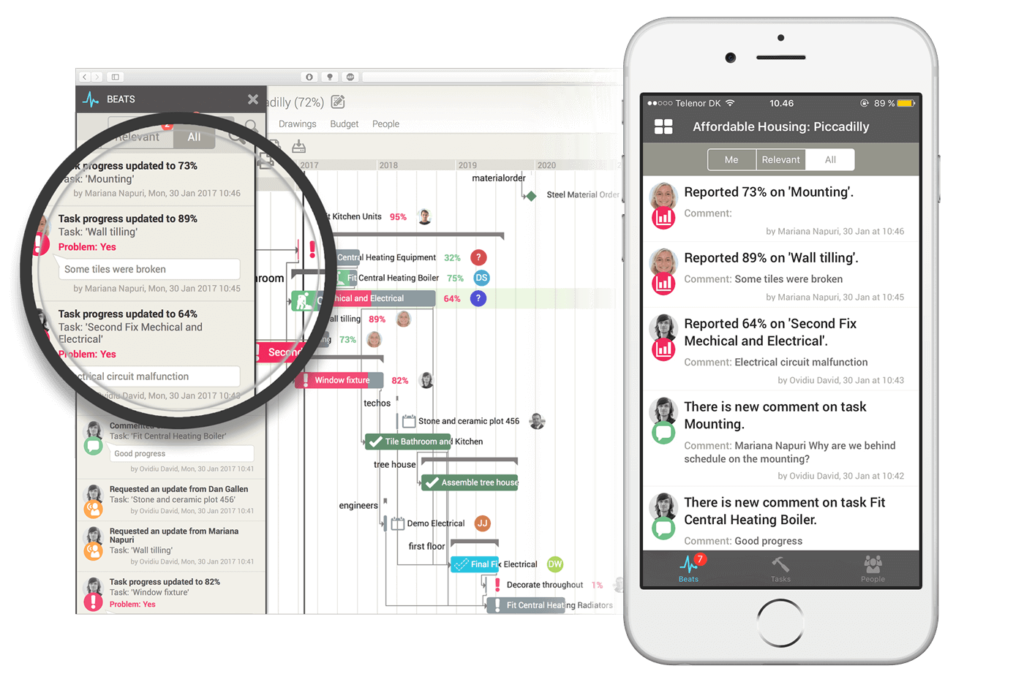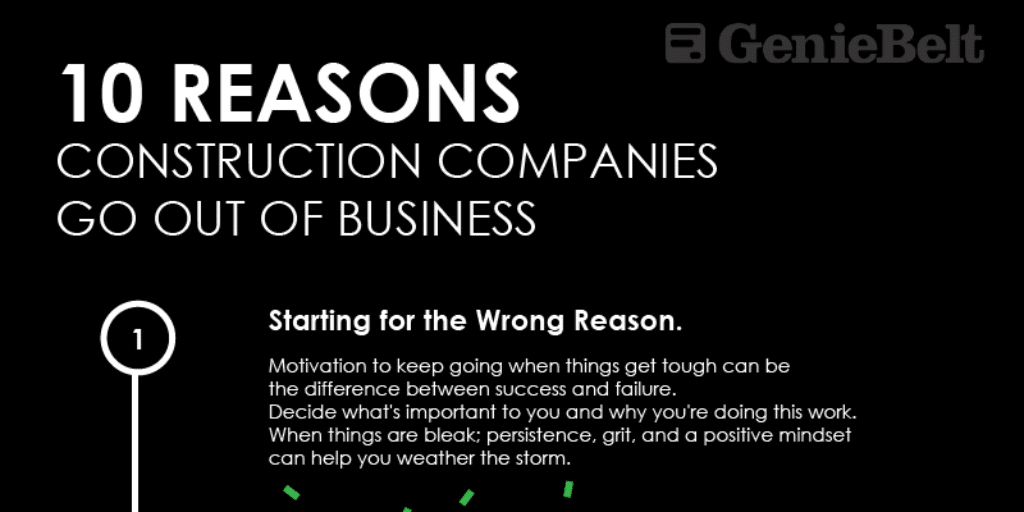Everything You Need to Know About Schedule Performance Index in Construction
If you work in the field of construction, you know that there are many terms and equations you can use that will allow you to determine how each project you are in charge of is going. One of those equations is what is called a schedule performance index.
The schedule performance index, or SPI, will allow you to measure how far along you are with your project and it will also help you determine if your project will be completed on time, early, or late.
The phrase, schedule performance index, is basically a fancy way of measuring how efficiently your project is running, and it is expressed as a ratio of earned value to planned value. Both those values are always shown in terms of dollars and you obviously want your earned value to be higher than the value that you planned.
The formula that you want to use to determine your schedule performance index is SPI=EV/PV. SPI obviously stands for schedule performance index, while EV stands for earned value and PV stands for planned value.
The results that you get from this equation can be less than one, equal to one, and greater than one. Depending on the result, you will be able to tell if your current project is on schedule or if it will be completed later than planned or possibly even early.
The schedule performance index, or SPI, will allow you to measure how far along you are with your project and it will also help you determine if your project will be completed on time, early, or late.
An SPI of less than one shows that your project is behind schedule, while an SPI that is equal to one shows that you are on track to deliver on time. The best scenario, and the one that everyone likes to see, is an SPI of greater than one. It is in these cases that you can congratulate yourself for keeping things on track, because you are currently ahead of schedule.
Knowing your schedule performance index at any time during current projects can be quite helpful to you and those that you work with. However, you cannot just pull this figure out of a hat any time that you need it. Instead, you need to determine your schedule well in advance and know the numbers that you are working with every step of the way. This is not an easy thing to do, but you will be thankful that you took the time to figure it all out when it saves you towards the end.
The first thing that you must do is divide your entire project into tasks and then assign each task start and finish dates, as well as a budget. This information is referred to as the schedule baseline and it will give you the information that you need to do your tracking.
Next you need to determine what your planned value, which is also referred to as your budgeted cost of work scheduled, is for each of those tasks. To do this, you need to multiply the amount of work that is supposed to be completed for each task with the budget for that task.
Your earned value, or the budgeted cost of work performed, is the amount of work for a specific task that is completed multiplied by that task budget. You then will have the numbers that you need to determine your schedule performance index!
Planned value = amount of work, supposed to be completed for each task * task budget.
Earned value = amount of work for the completed task * task budget.
Knowing this number will allow you to make adjustments with your workflow and the amount of work that gets completed each day, especially if you are noticing that you are way behind schedule.
If you are truly having trouble finding the time to determine your schedule performance index when you need it, you can easily determine your schedule variance instead. You will still need your earned value and planned value, but for your schedule variance, all you need to do is subtract your planned value from your earned value to see where you are at within your project. This is much easier to do when you are in the middle of a construction site and only have seconds to determine where you are in the scope of an entire project.
A schedule variance of zero will show you that your project is right on track to be completed when it should be, while a number higher than zero will show that you are currently ahead of schedule.
Both these can be helpful to you, but it is important to note that they are just giving you an idea of where you stand in terms on the project. There are many variables that can change the outcome of the work being completed, as well as whether or not you are truly ahead, behind, or on schedule.
You should also be aware that your schedule performance index is going to work hand in hand with your cost performance index. While your schedule performance index will show how efficiently you are with your project compared to your plans, your cost performance index will show how efficient you are being with the money that you are spending to get the work completed.
To determine your cost performance index, you will need to divide your earned value by your actual cost for the project so far. If your cost performance index is less than one, you are over budget and will be earning less than anticipated on your current project. However, if your cost performance index is higher than one, you are under budget and you will be earning more than you thought when the project is completed. Of course, you may find that your cost performance index equals one, which means that you are on budget and earning what you planned on. This scenario rarely happens though, so you probably will not see it too often during your time in the field.
As you can see, these two indexes go together, because you need both to successfully finish a project. After all, you can be far ahead of schedule according to your schedule performance index, but if you are spending more than you should, and your cost performance index is too low, then you will not be earning what you should for the work that you are doing.
It is going to be necessary for you to at least determine your schedule performance index for every project that you do, because it may be the only way you can tell where you are on your planned timeline. However, performing the calculations for both these indexes will allow you to see if your project will be a success or if you need to start making changes to future projects to avoid the same mistakes and issues down the road.
After all, there are no guarantees in this line of work, so every little bit of help that you can get, even if the help itself is not guaranteed, is better than nothing! So, go determine your schedule performance index right now, as well as your cost performance index, and see how your current project is lining up with all the ones you have completed in the past.




